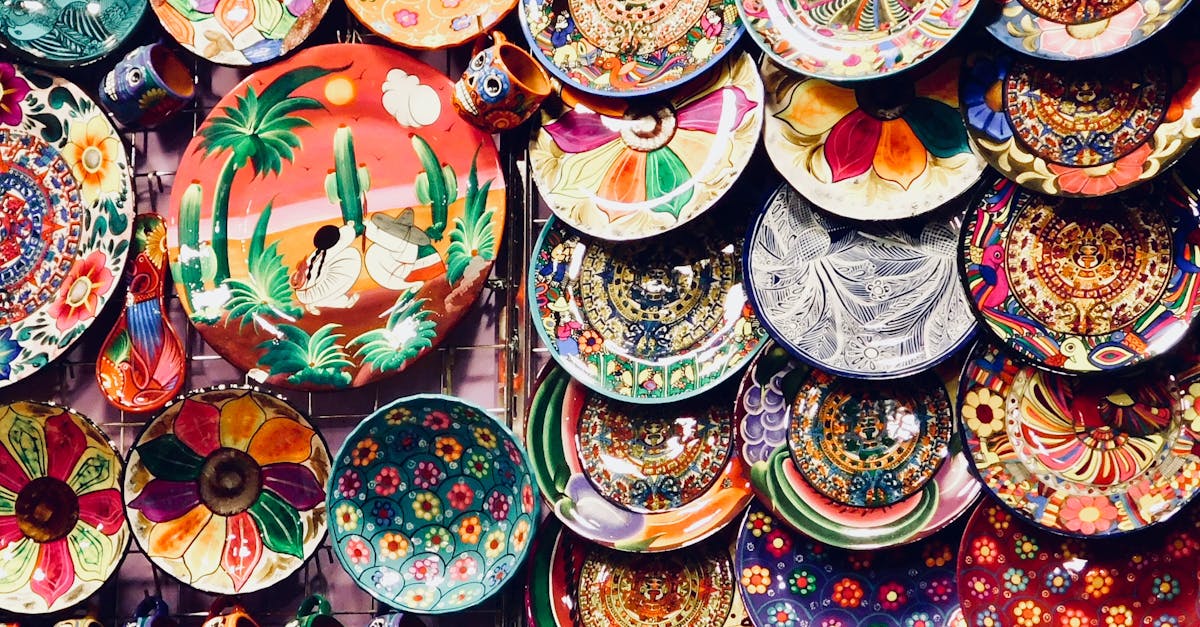Crochet, a beloved craft that intertwines creativity and skill, offers a multitude of techniques and tools to bring your yarn creations to life. Whether you’re a seasoned crocheter or just starting out on your crafting journey, understanding the different tools and techniques available can elevate your projects to new heights. In this guide, we will delve into the important measures of crochet tools and explore the fascinating worlds of Irish, Amigurumi, Tapestry, and Tunisian crochet.
**Tools of the Trade**
Before diving into the intricate techniques of crochet, it’s essential to familiarize yourself with the tools that will aid you in your creative endeavors. The basic tools every crocheter should have in their arsenal include crochet hooks, yarn needles, stitch markers, and scissors. Investing in quality tools can significantly impact the outcome of your projects, ensuring smoother stitches and a more enjoyable crocheting experience.
**Irish Crochet**
Known for its intricate lace designs and floral motifs, Irish crochet is a delicate and beautiful technique that dates back to the 19th century. This technique typically involves crocheting motifs separately and then joining them together with fine thread to create a stunning lace fabric. Irish crochet often incorporates a variety of stitches, such as picots, clusters, and chain spaces, resulting in a textured and intricate finished product.
**Amigurumi Crochet**
Amigurumi, the art of crocheting small stuffed creatures and characters, has gained immense popularity in recent years. This technique utilizes tight and consistent stitches to create adorable and whimsical shapes. With amigurumi, crocheters can let their imagination run wild, crafting everything from cute animals to beloved characters from movies and TV shows. Using a smaller hook and tightly packed stuffing can help create the signature fluffy and compact look of amigurumi creations.
**Tapestry Crochet**
Tapestry crochet combines traditional crochet techniques with colorwork, allowing crocheters to create intricate multicolored designs within their projects. By carrying multiple yarn colors along the back of their work, crocheters can achieve vibrant patterns and images. Tapestry crochet requires careful attention to tension and yarn management to avoid puckering or distortion in the final piece. Practice and patience are key to mastering this technique and creating visually stunning projects.
**Tunisian Crochet**
Tunisian crochet, sometimes referred to as the “knitting of crochet,” is a unique technique that produces a fabric with a distinctive combination of knit-like texture and crochet structure. Using an elongated hook with a stopper on one end, crocheters work each row in two passes, creating loops on the hook before working them off in the return pass. Tunisian crochet can be used to create blankets, garments, and accessories with a dense and cozy finish, perfect for cold weather.
In conclusion, mastering crochet tools and techniques opens up a world of creative possibilities for crocheters of all skill levels. Whether you’re drawn to the delicate artistry of Irish crochet, the whimsical charm of amigurumi, the intricate patterns of tapestry crochet, or the unique textures of Tunisian crochet, each technique offers a new avenue for artistic expression. By honing your skills and experimenting with different tools and techniques, you can elevate your crochet projects to new heights and create stunning works of fiber art. Happy crocheting!


